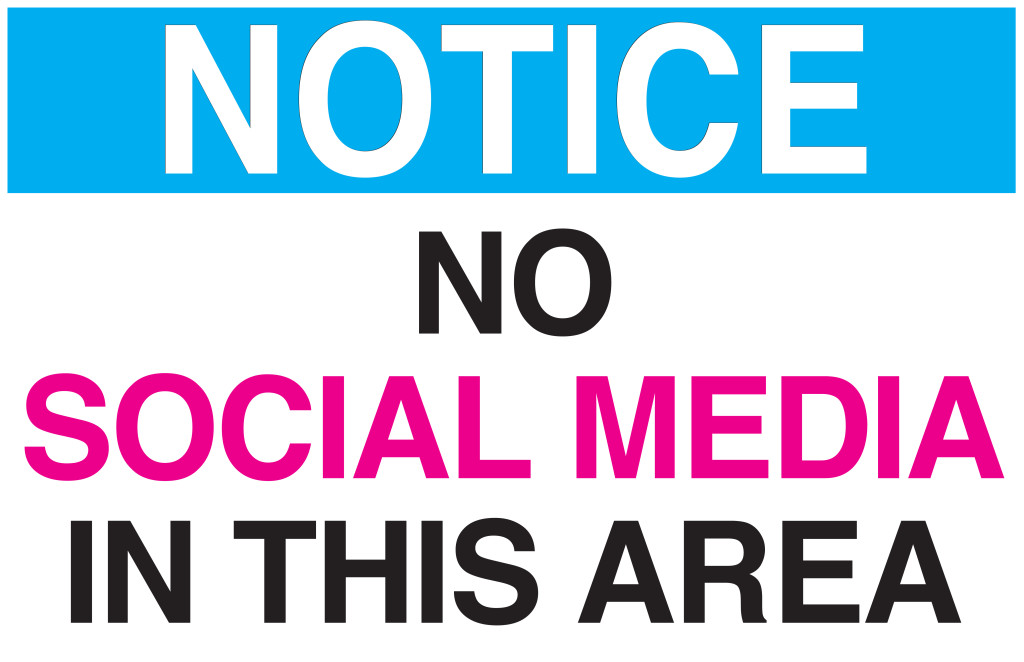
By Doug Stephens
Every day our consumer behavior is being steadily reprogrammed by digital inputs. For the nearly 70% of us who own smartphones, this reprogramming begins each morning within 15 minutes of us opening our eyes, when we first check our devices. From there we re-check our devices an average of 220 times per day, opening the tap on a virtual deluge of digital content, from which we each ingest an average of 34 gigabytes (100,000 words) of data. We repeat this ritual each and every day.
Within that tsunami of daily content are the photos we pin on Pinterest, the mentions we get on Twitter, the likes we share on Facebook and the videos we watch on Snapchat, Instagram or YouTube. Terabytes of social content and conversation are steadily recalibrating our behavior and becoming an implicit part of how we think and feel about the world around us. And all of this is impacting the decisions we make about what, where and how we shop.
How many of us would now be comfortable booking a hotel without knowing how it rates on Trip Advisor? Who would buy a big screen TV without seeing how many stars it received on Amazon or choose a movie without checking Rotten Tomatoes? Social feedback and validation has become an embedded step in our daily consumption – no longer an afterthought but simply part of how we buy.
And yet when we walk into most retail environments we are entering digital deserts, barren of any meaningful content at all. There’s no hint of the social content – the reviews or the product videos that we have become so accustomed to incorporating into our buying behavior. If we’re lucky we get a digital screen or two dropped into the store looping irrelevant imagery. If we’re not so lucky, we get is a price sticker, a label and a full-time employee with a part-time interest in helping us.
The retail experience is a vacuum, devoid of the digital signposts we’ve quickly grown to look for and depend on when we’re shopping. In essence, our consumer brains have rapidly evolved but retail hasn’t.
Social Merchandising
While standing dumbstruck in front of an eight-foot section of cold medications, who wouldn’t want to know which ones receive the best online reviews? Who wouldn’t want to see which style of shoes in a shoe store receives the most likes on Facebook or pins on Pinterest? Wouldn’t it be great to have user-generated video about a high-ticket product offered the shelf, instead of having to search for it yourself on YouTube?
Successful retailers will be those that stop wringing their hands over the monetary value of a Like, Pin, Post or Follow on someone else’s network and instead begin driving that same digital currency down to their own shelves where it can be of the greatest value to their shoppers.
Some retailers like Nordstrom and C&A have experimented with bringing digital social  conversation to physical retail and I applaud them, but no one has yet had the courage to take the bold step to fully integrate the two. That’s a problem because if retailers won’t take the lead on this, it’s clear that companies like Facebook will, given the degree to which they are working diligently to bridge the physical/digital divide in retail.
conversation to physical retail and I applaud them, but no one has yet had the courage to take the bold step to fully integrate the two. That’s a problem because if retailers won’t take the lead on this, it’s clear that companies like Facebook will, given the degree to which they are working diligently to bridge the physical/digital divide in retail.
It’s time to truly connect the online and offline worlds; not by using technology to push more irrelevant coupons or offers at consumers but rather by using it to offer us the valuable social data that’s become an essential part of how we shop.

